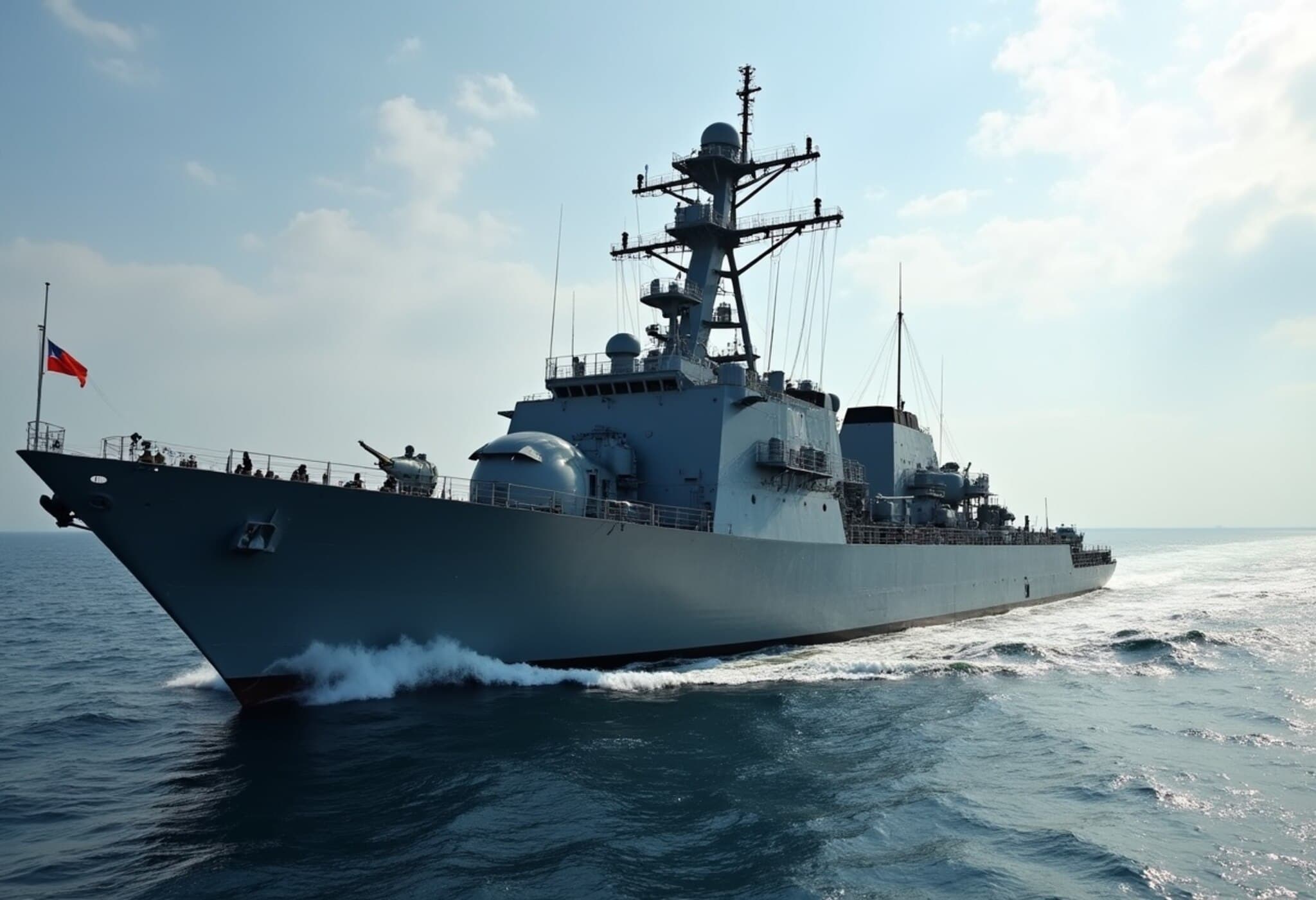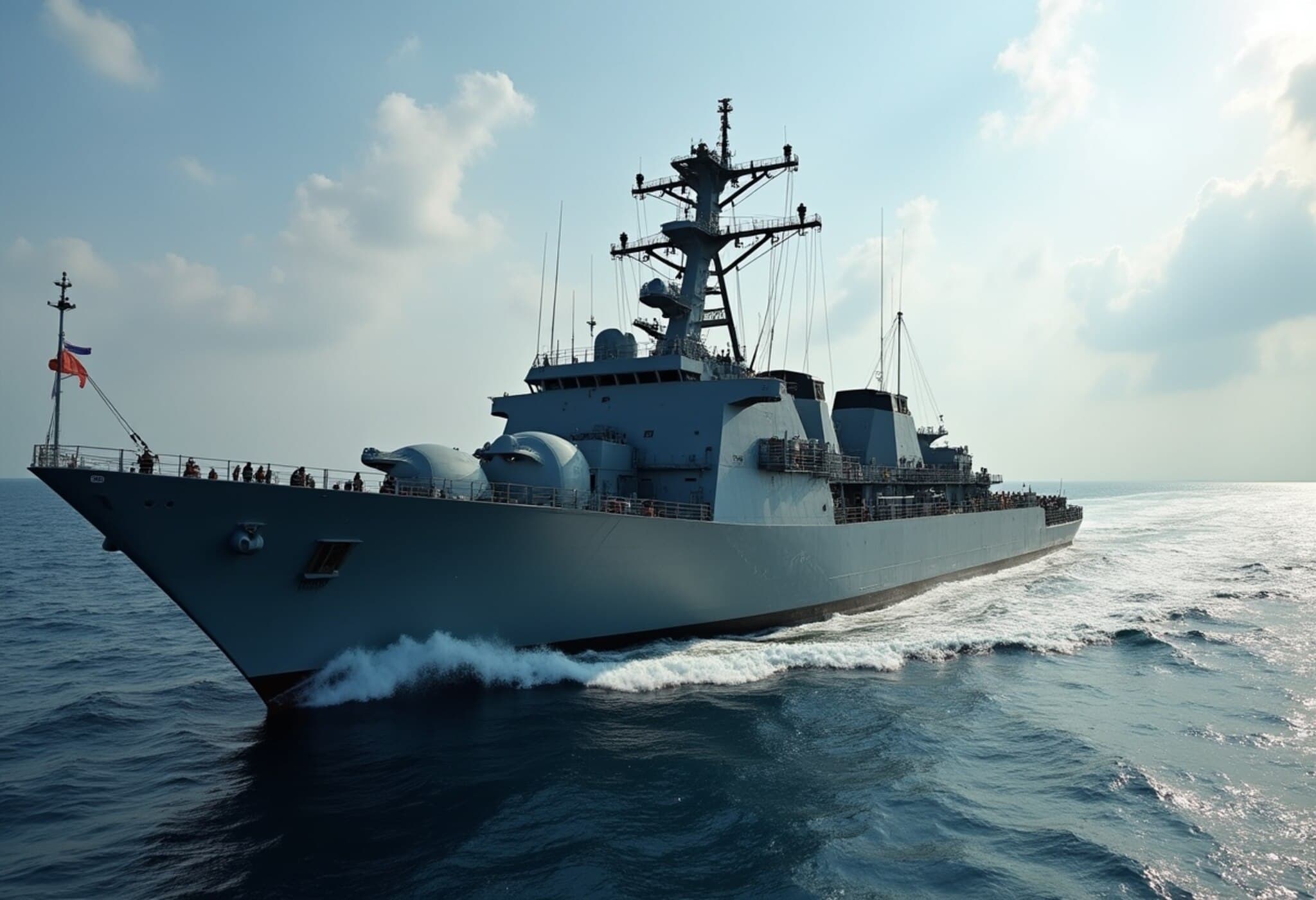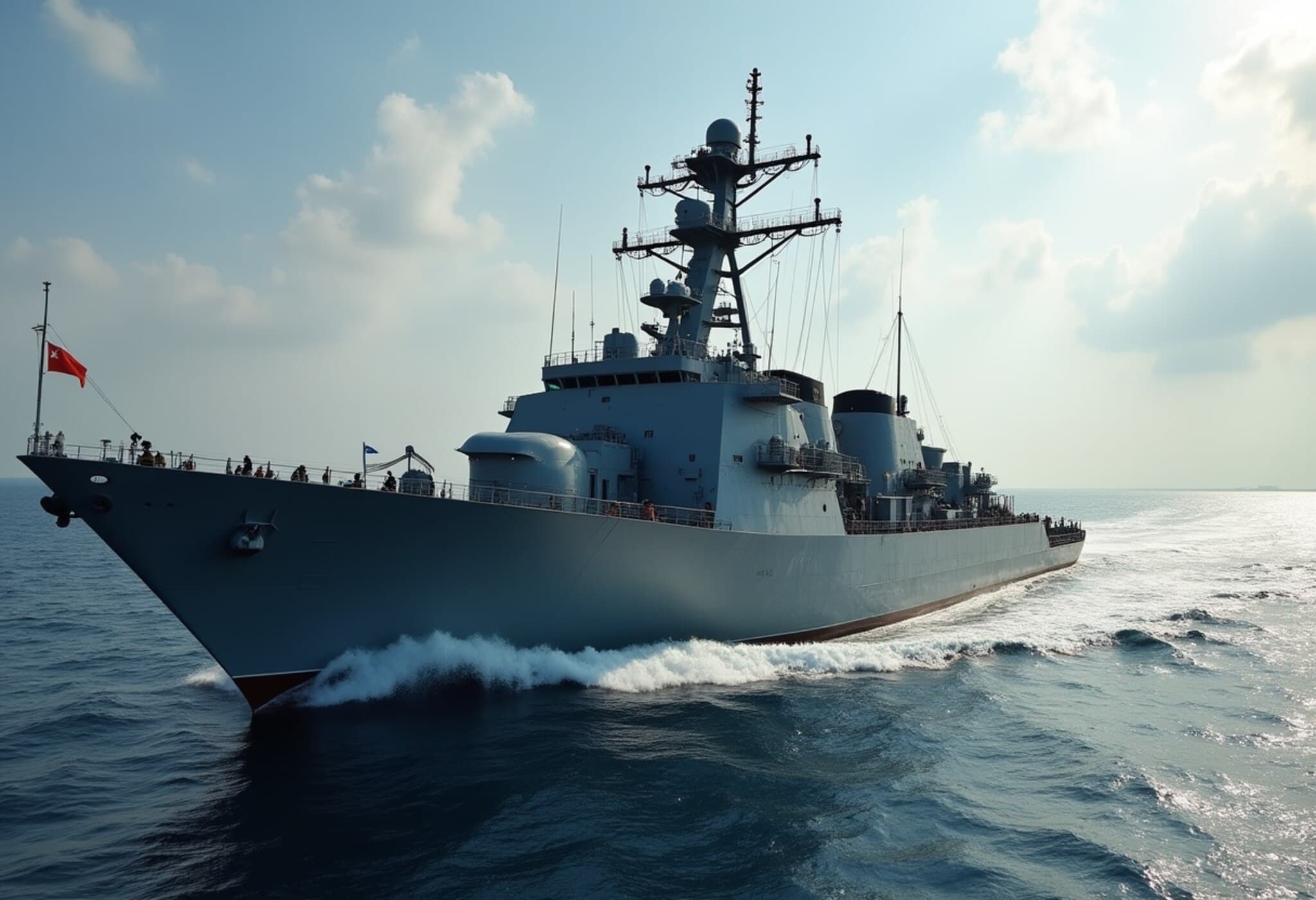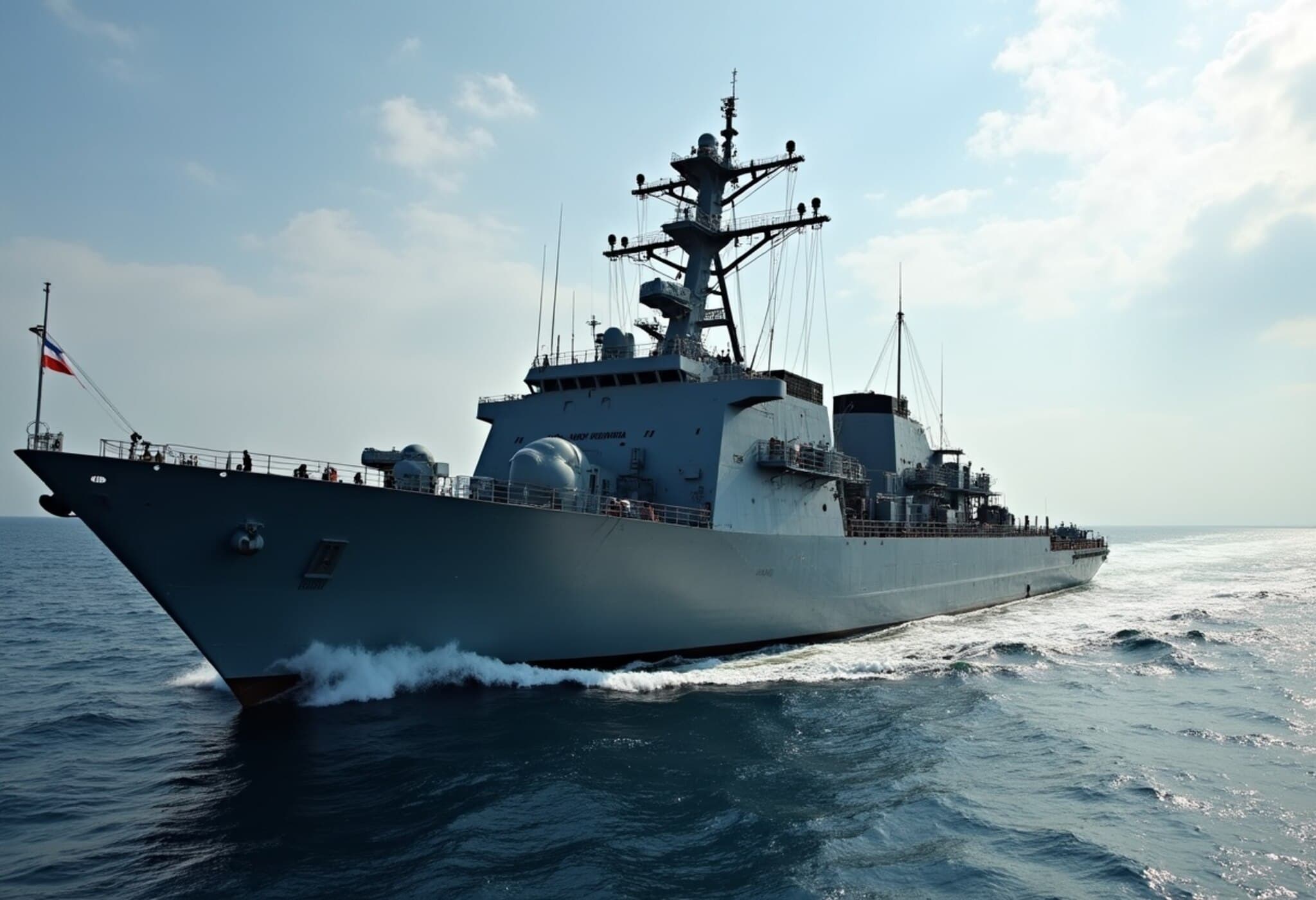China Forces US Destroyer Away from Disputed Scarborough Shoal
In a recent escalation of tensions in the South China Sea, China’s military announced that it monitored and "drove away" the US Navy destroyer USS Higgins as it sailed near the strategically significant and highly contested Scarborough Shoal on August 13, 2025. This marks the first known US military presence in these waters in over six years, signaling a bold move to challenge Beijing’s territorial claims in the region.
Chinese Military’s Strong Response
The Southern Theatre Command of the People’s Liberation Army (PLA) publicly condemned the American incursion, stating that the USS Higgins entered Chinese waters "without approval of the Chinese government." They accused the United States of severely undermining peace and stability in the South China Sea, emphasizing a commitment to maintain a "high alert at all times" to prevent future incursions.
Chinese Statement: "The US move seriously violated China’s sovereignty and security, severely undermined peace and stability in the South China Sea."
US Navy’s Defense: Upholding International Law and Freedom of Navigation
Contrasting China’s claims, the US Navy’s Seventh Fleet framed the operation as a lawful assertion of navigation rights consistent with international maritime law. The USS Higgins’ transit near Scarborough Shoal was described as a commitment to "freedom of navigation" and "lawful uses of the sea," reinforcing the United States’ longstanding position against excessive maritime claims by any country.
US Navy Statement: "The United States is defending its right to fly, sail, and operate wherever international law allows, as USS Higgins did here. Nothing China says otherwise will deter us."
Why Scarborough Shoal Matters
The Scarborough Shoal, a small chain of rocky outcrops and reefs approximately 120 nautical miles west of the Philippine island of Luzon, has been at the heart of Sino-Philippine maritime contention for decades. It lies in one of the world’s busiest maritime corridors, where more than $3 trillion worth of international trade passes annually.
- Regional Claims: China claims nearly the entire South China Sea under its so-called "nine-dash line," a claim rejected by the Philippines, Vietnam, Malaysia, Brunei, Indonesia, and Taiwan.
- Legal Background: A 2016 international arbitration tribunal ruled against China's claims based on historic rights, a verdict Beijing refused to acknowledge.
- Recent Incidents: Earlier this week, the Philippines accused Chinese vessels of dangerous maneuvers and unlawful interference during a supply mission, culminating in a rare collision between Chinese ships.
Implications for Regional Stability and US-China Relations
This confrontation highlights the fragile balance of power in the South China Sea, where national sovereignty, freedom of navigation, and strategic military interests collide. For the United States, upholding international maritime law and supporting allies like the Philippines are central to its Indo-Pacific strategy.
From a broader geopolitical perspective, such encounters risk unintended escalation amid heightened US-China rivalry. The South China Sea remains a flashpoint where the risk of conflict—whether by accident or miscalculation—requires careful diplomatic navigation.
Expert Insight: Navigating Complex Maritime Disputes
As Professor Emily Anderson, an expert in maritime law and South China Sea affairs, notes, "Freedom of navigation operations like those conducted by USS Higgins are essential to maintaining the legal norms of the oceans. However, they must be balanced with ongoing diplomatic efforts to prevent escalation. The challenge lies in enforcing international law without provoking conflict in one of the world's most strategically sensitive waterways."
Summary: Understanding the Stakes
The recent US naval transit near Scarborough Shoal underscores the ongoing contest for control and legal authority in the South China Sea. With regional claimants and global powers asserting competing interests, the risk to maritime peace and economic stability remains high.
Moving forward, transparency, adherence to international law, and constructive dialogue will be critical to defusing tensions and safeguarding this vital global trade artery.
Editor’s Note
The showdown around Scarborough Shoal is more than a simple maritime dispute—it is emblematic of broader US-China strategic rivalry in the Indo-Pacific. As the US insists on freedom of navigation operations, and China remains steadfast in asserting its territorial claims, the South China Sea becomes a litmus test for international law, regional security, and global economic flows. Key questions remain: How can diplomacy keep pace with military posturing? What mechanisms will prevent accidents spiraling into conflict? And how might smaller claimant countries navigate these great power tensions to protect their own sovereignty and economic interests?



















